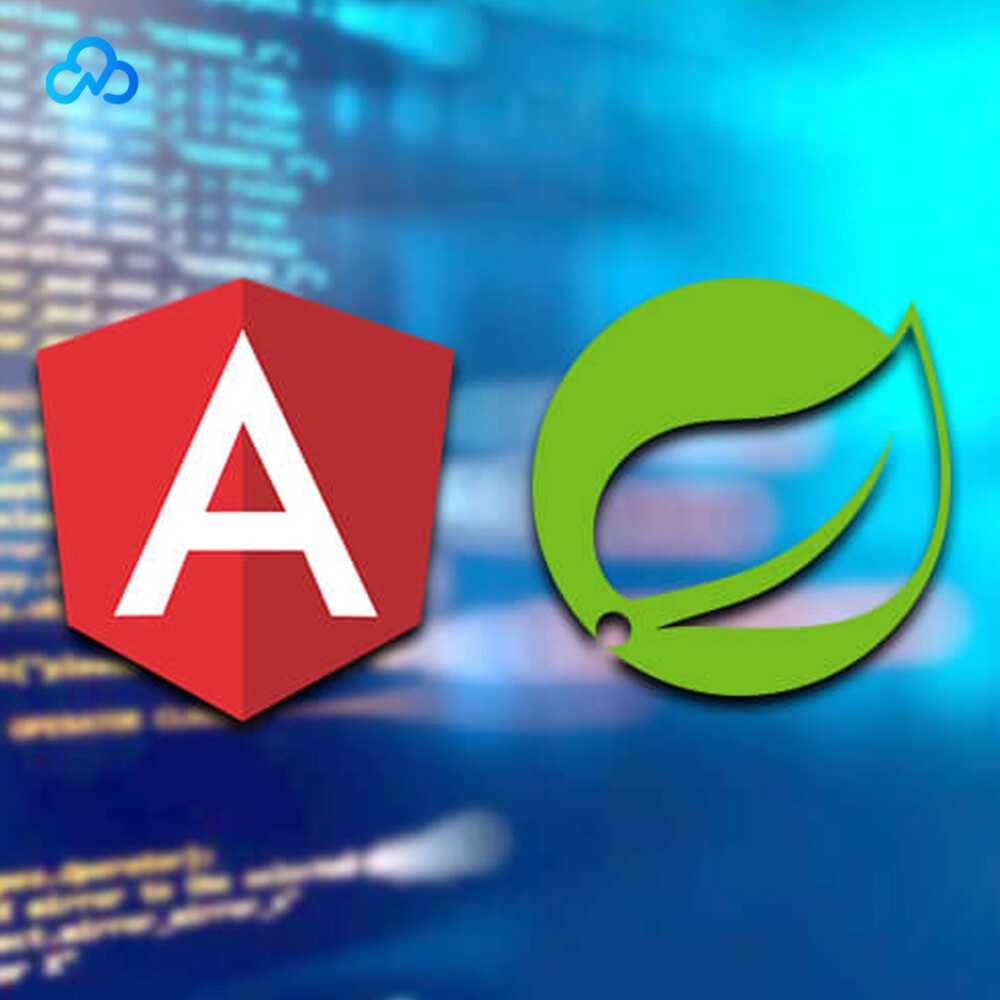AngularJS is a powerful front-end framework, and Spring Boot is a popular backend framework for Java applications. Combining these two technologies can be a great choice for building modern, robust, and scalable web applications. In this article, we will explore the benefits of using AngularJS with Spring Boot and demonstrate how to integrate them to create a full-stack application.
Before we dive into the integration process, let’s briefly discuss AngularJS and Spring Boot.
AngularJS is a JavaScript-based open-source framework developed and maintained by Google. It allows you to build dynamic, single-page web applications by extending HTML attributes with additional functionalities. AngularJS follows the Model-View-Controller (MVC) architectural pattern, making it easy to separate concerns and enhance code maintainability. With AngularJS, you can create reusable components, implement data binding, and handle complex UI interactions effortlessly.
On the other hand, Spring Boot is a framework for building Java applications that takes an opinionated approach to configure and deploy applications rapidly. It simplifies the setup and deployment of Spring-based applications by providing a sensible default configuration. With Spring Boot, you can create standalone Spring applications that can be easily containerized and deployed in production. It also integrates well with other Spring projects, such as Spring Data and Spring Security, enabling you to build enterprise-grade applications with ease.
Now that we have an understanding of AngularJS and Spring Boot, let’s move on to integrating them. To get started, you need to set up a Spring Boot project and include the necessary dependencies.
1. Set up a Spring Boot Project:
– Create a new Spring Boot project using your favorite IDE or by using the Spring Initializr (https://start.spring.io/).
– Add the required dependencies such as Spring Web, Spring Data JPA, and any other dependencies you may need for your specific application.
2. Create a RESTful API:
– Implement your backend logic by creating RESTful APIs using Spring MVC annotations such as @RestController and @RequestMapping.
– Define your data model using Java classes annotated with JPA annotations, and leverage Spring Data JPA to handle database operations.
3. Expose API Endpoints:
– Use Spring Boot’s powerful annotation-driven development to expose your RESTful APIs as endpoints for the frontend to consume.
– Handle request mapping, parameter binding, and error handling using annotations such as @GetMapping, @PostMapping, etc.
Now that we have set up our Spring Boot backend, let’s move on to integrating AngularJS.
1. Add AngularJS to your Project:
– Include the AngularJS library in your project by either downloading it manually or by using package managers like npm or Bower.
– Add a script tag to your HTML file to include the AngularJS library.
2. Create AngularJS Modules and Controllers:
– Define an AngularJS module that represents your application, and configure it with required dependencies.
– Create AngularJS controllers to handle the frontend logic and interact with the backend via RESTful APIs.
– Use AngularJS directives such as ng-model, ng-repeat, ng-bind, etc., to bind data, display lists, and handle user interactions.
3. Make HTTP Requests:
– Use AngularJS’s $http service to make HTTP requests to your backend APIs.
– Send data from the frontend to the backend and handle the response using promises and callback functions.
– Leverage AngularJS’s two-way data binding to seamlessly update the UI with the fetched data.
With the integration process complete, you now have a full-stack application that combines the power of AngularJS and Spring Boot. The frontend handles the user interface logic, while the backend takes care of data persistence and business logic.
By using AngularJS with Spring Boot, you can benefit from the strengths of each framework. AngularJS provides a robust client-side solution for building dynamic and responsive user interfaces, while Spring Boot simplifies backend development and deployment. The combination of these two frameworks allows developers to build efficient and scalable web applications with ease.
To further enhance your application, you can explore additional features such as authentication and authorization using Spring Security, real-time updates using WebSockets, and caching using Spring Cache. These additional features, along with the out-of-the-box advantages of AngularJS and Spring Boot, make the combination an excellent choice for building modern and feature-rich web applications.
In conclusion, AngularJS and Spring Boot can be seamlessly integrated to create powerful full-stack applications. This integration enables developers to leverage the strengths of both frameworks, resulting in efficient, scalable, and maintainable web applications. By following the integration, hire angularjs programmer and development steps outlined in this article, you can get started on building your own AngularJS and Spring Boot application. Happy coding!


No comments yet